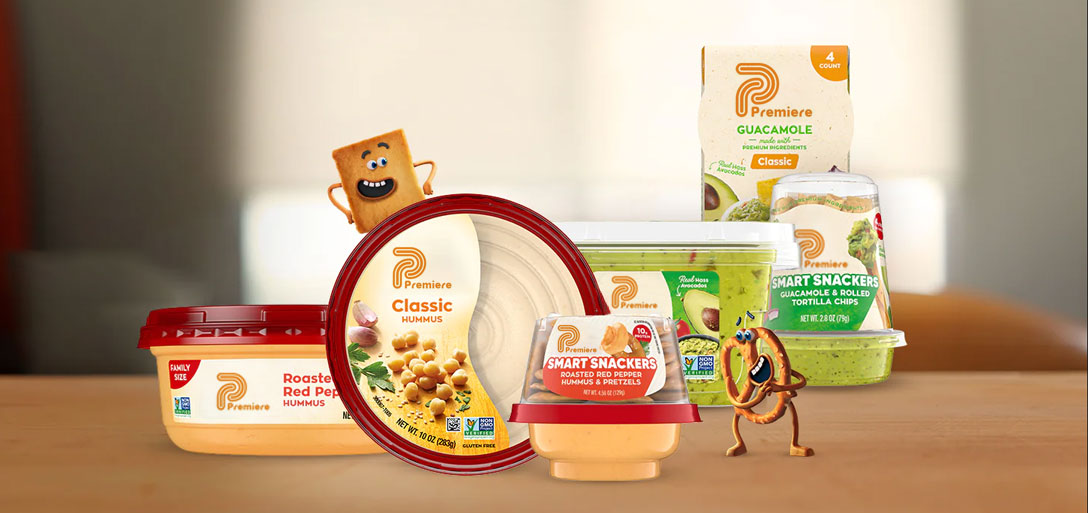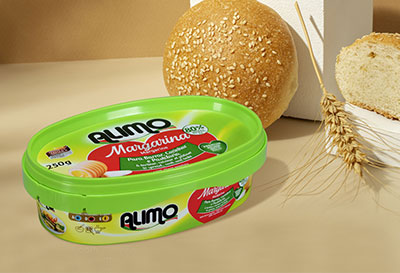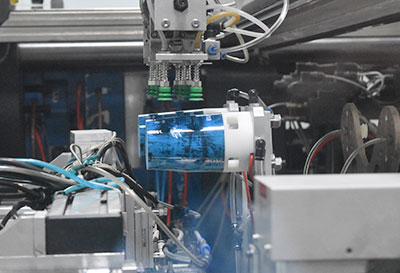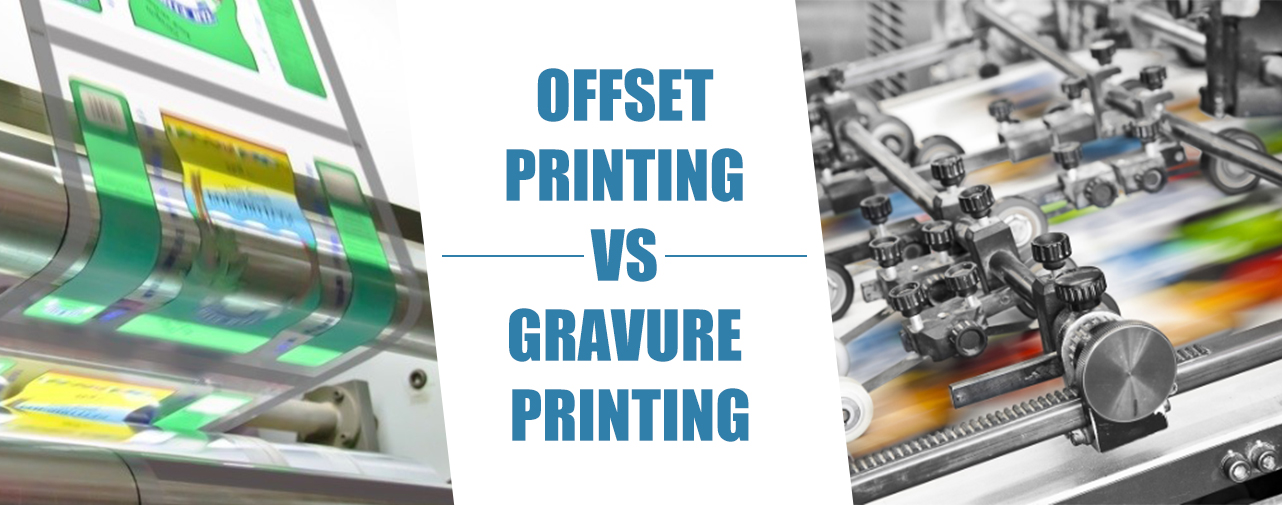+86 137 0938 2367
+86 137 0938 2367
FAQ
Q: Can transparent food packaging boxes still meet food grade requirements after adding secondary materials?
Transparent food packaging boxes have gained immense popularity in recent years as they provide a clear view of the product inside, making them more appealing to consumers. However, the addition of secondary materials to the packaging can raise concerns about the food-grade requirements of the packaging.
The food-grade requirements of packaging are established to ensure that the packaging materials do not leach any harmful substances into the food. Secondary materials such as inks, adhesives, coatings, and labels are often added to enhance the aesthetics and functionality of the packaging. However, the use of these materials must be carefully monitored to ensure that they do not compromise the food-grade requirements of the packaging.
The use of secondary materials in transparent food packaging boxes requires careful consideration of their impact on food safety. The materials used in the packaging must be non-toxic and inert, meaning they do not react with the food in any way. In addition, the materials must be approved by the appropriate regulatory agencies, such as the FDA, to ensure their safety for use in food packaging.
To meet food-grade requirements, transparent food packaging boxes are typically made from materials such as PET, PP, or PVC, which are known for their excellent barrier properties. These materials are also resistant to water, oil, and other liquids, ensuring that the food inside remains fresh and safe to consume. However, the addition of secondary materials can compromise these properties, making it essential to test the packaging for any potential risks.
Fortunately, the food packaging industry has developed rigorous testing procedures to ensure that the packaging meets food-grade requirements. Testing involves evaluating the packaging materials for their chemical composition, migration potential, and potential interactions with the food. These tests help to identify any potential risks and ensure that the food packaging is safe for use with food.
The use of secondary materials in transparent food packaging boxes can raise concerns about food-grade requirements. However, with careful consideration and rigorous testing, it is possible to ensure that the packaging meets these requirements. As such, the food packaging manufacture must continue to prioritize food safety to ensure that consumers can trust the packaging they use to protect their food.

Q: Comparison of Thermoformed PET Shrink Sleeves for Butter Containers and Injection Molded IML PP Butter Containers:
Thermoformed PET Shrink Sleeves (for Butter Containers):
Advantages:
Cost-effective production: Thermoforming processes are generally more affordable for small to medium production volumes.
Lightweight: PET is inherently lighter than PP, reducing transportation costs and environmental impact.
Transparency: PET offers excellent clarity, allowing consumers to view the product inside the container easily.
Shrinkage capability: PET can be easily molded and shrunk tightly around the butter container, providing a snug fit and tamper-evident seal.
Customization: Thermoforming allows for various shapes and sizes of containers to meet specific branding needs.
Recyclable: PET is widely recyclable, promoting sustainability and eco-friendly packaging.
Disadvantages:
Lower durability: PET may be more prone to cracking or breaking compared to PP.
Limited heat resistance: PET has a lower heat resistance, which might be an issue for some applications.
Chemical sensitivity: PET may not be compatible with certain products, potentially affecting the butter's quality.
Injection Molded IML PP Butter Containers:
Advantages:
Enhanced durability: PP containers are generally more robust and less likely to crack or break during handling and transportation.
High heat resistance: PP can withstand higher temperatures, making it suitable for hot-fill applications.
Chemical resistance: PP is less sensitive to chemicals, ensuring the butter's integrity remains intact.
Efficient production: Injection molding enables high-volume production with consistent quality.
In-mold labeling (IML): PP containers can be directly decorated during the molding process, eliminating additional labeling steps.
Reusability: PP containers can be reused for various purposes after washing, promoting sustainability.
Disadvantages:
Higher production costs: Injection molding setup and tooling expenses can be significant for small-scale production runs.
Limited transparency: PP is less transparent than PET, making it harder for consumers to see the product inside.
Recycling challenges: While PP is recyclable, it may not be as widely accepted for recycling as PET in some regions.
The choice between thermoformed PET shrink sleeves and injection molded IML PP containers depends on factors such as production volume, budget constraints, desired container characteristics, and environmental considerations. Honokage focus on the IML rigid plastic injection packagings ,if you need any more IML solution, please feel free to contact with us .

Q: Why Wouldn't High Temperatures in Injection Molding Melt In-Mold Labels?
Injection molding is a widely used manufacturing process for producing various plastic products, including butter containers, margarine containers, packing for ice cream, and butter boxes. One common concern is whether the high temperatures involved in the process can cause the in-mold labels to melt. This FAQ article will address this question and provide insights into why in-mold labels can withstand the heat during injection molding.
What are in-mold labels? In-mold labels are pre-printed labels that are placed inside the mold before injection molding. They bond with the molten plastic during the molding process, creating a seamless integration between the label and the container.
Why are high temperatures used in injection molding? High temperatures are necessary in injection molding to melt and flow the plastic material into the mold cavity. This enables the plastic to take the shape of the mold and form the desired product.
Are in-mold labels made of heat-resistant materials? Yes, in-mold labels are typically made of materials that have a lower melting point compared to the plastic used for the container. These labels are designed to withstand elevated temperatures encountered during the injection molding process without melting or deforming.
How do in-mold labels resist melting? In-mold labels are strategically positioned within the mold cavity to minimize direct contact with the hot plastic. The labels are placed in areas where the plastic flow is not as intense or where cooling channels help dissipate heat. Additionally, the labels are often made from materials such as polypropylene or polyethylene, which have higher melting points than the plastic being injected.
Does the rapid cooling of the mold help protect the in-mold labels? Absolutely. Once the molten plastic fills the mold cavity, the cooling process begins. The mold rapidly cools the plastic, solidifying it and reducing the contact time between the labels and the hot plastic. This rapid cooling prevents the labels from melting or deforming during the molding process.
How are the molds designed to protect the in-mold labels? Mold designers take into account the placement of in-mold labels and design features that provide adequate protection. This includes incorporating appropriate spacing, shielding structures, and cooling channels to prevent excessive heat transfer to the labels.
In-mold labels used in injection molding, such as those found on butter containers, margarine containers, packing for ice cream, and butter boxes, are designed to withstand the high temperatures involved in the process. Their placement within the mold, selection of heat-resistant materials, and the rapid cooling of the mold all contribute to protecting the labels from melting or deforming. Manufacturers can confidently use in-mold labels without the risk of compromising their quality during injection molding.

Q: What are the main differences between offset printing and gravure printing?
In-mold labeling (IML) is a popular method for decorating and labeling plastic products during the molding process. Two primary printing techniques used for IML are offset printing and gravure printing, each with its unique benefits and limitations.
Offset printing uses a series of metal plates to transfer ink onto the substrate. It is known for producing high-quality images with sharp details and vibrant colors. Offset printing is a versatile printing technique that can be used on a variety of substrates, including paper, plastic, and metal. However, it requires a significant amount of setup time and is more expensive than other printing methods. In IML, offset printing is best suited for large runs of simple designs, such as logos or text.
Gravure printing, on the other hand, uses a cylindrical drum with recessed cells that hold the ink. The ink is transferred to the substrate by a doctor blade that scrapes off the excess ink, leaving only the ink in the recessed cells. Gravure printing is ideal for printing large areas of solid colors or fine details, making it a popular choice for photographic images. Gravure printing requires less setup time than offset printing and is more cost-effective for shorter runs. However, it is limited to specific substrates, such as plastic and foil, and can be more challenging to reproduce precise colors and small text.
When it comes to IML, both offset printing and gravure printing have their unique advantages. Offset printing is best suited for larger runs of simple designs, such as logos or text. The high quality and versatility of offset printing make it an ideal choice for high volume food packagings production. Gravure printing, on the other hand, is ideal for printing larger areas of solid colors or fine details, making it a popular choice for photographic images. The cost-effectiveness of gravure printing makes it an excellent choice for short runs, and it is more straightforward to set up than offset printing.
In conclusion, the choice between offset printing and gravure printing for in-mold labeling depends on the specific requirements of the project. Offset printing is more versatile and offers higher quality, while gravure printing is more cost-effective and ideal for solid colors and fine details. A professional printer can help determine the best printing method for a particular IML containers project based on the design, substrate, and production requirements.

If you are interested in our company
Welcome to call us
Navigation
+86 596 6797 686
+86 137 0938 2367
Longchi Development Zone, Jiaomei Town, Taiwanese Investment Zone, Zhangzhou, Fujian, China
